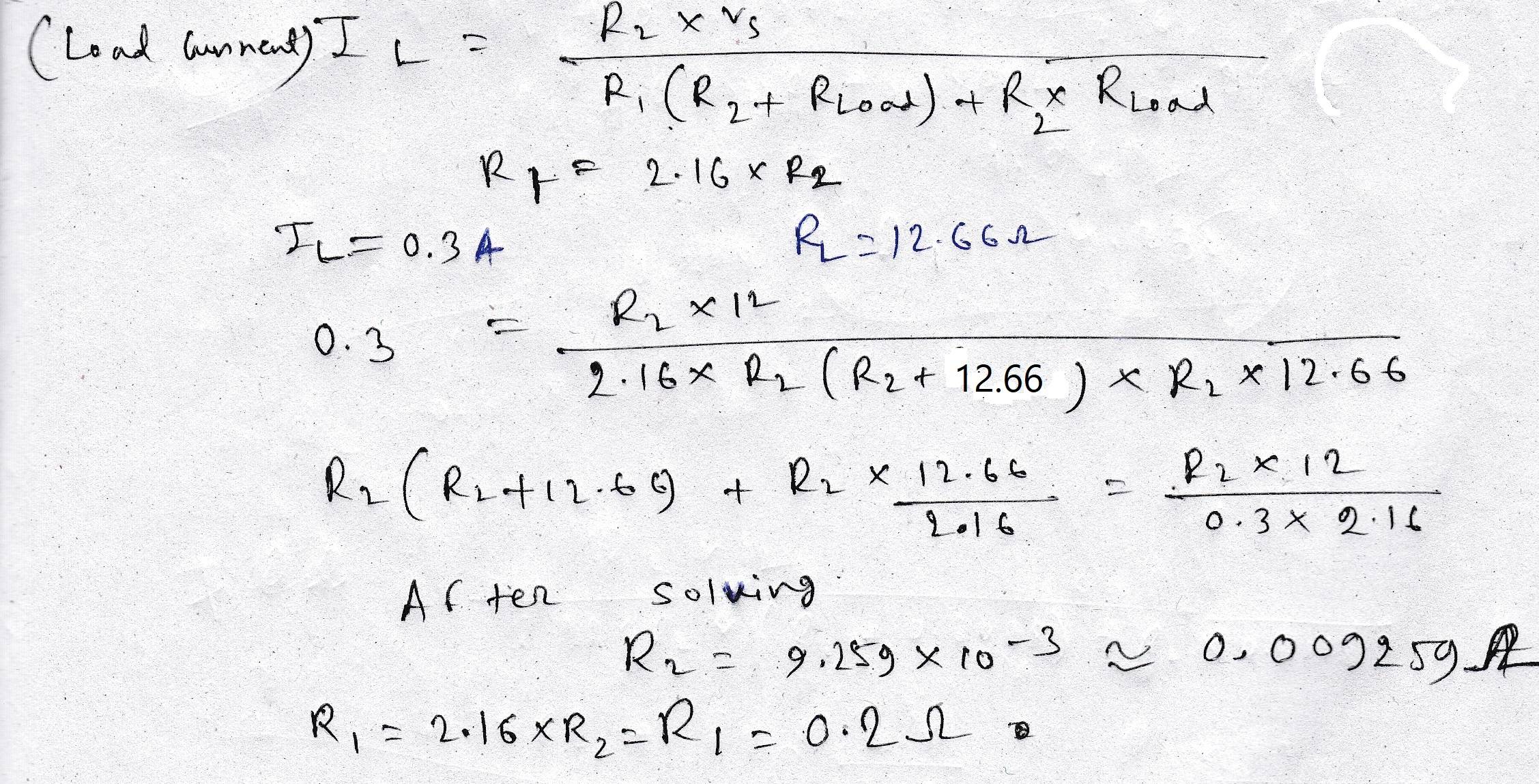Resistor ladders depend on either a) the load being constant, or b) you being tolerant of significant swings in load voltage.
The big problem with your idea "parallel all the lamps" is that when a lamp burns out, group conductance will decrease, causing a likewise increase in resistance, raising voltage, burning out more lamps, death spiral.
You could use a simpler scheme called a dropping resistor. But the important part is you need a dropping resistor per lamp.
The other problem with both ladders and dropping resistors is that the resistors will make much more heat than the lamps actually will. Maybe 3/4 of your power will be burned up in resistors, and the resistors will need to be quite large, and will run hot.
However, you can do series-parallel wiring. To understand that, go look at how 12V "LED strips" are wired. They have many segments. Each segment has a resistor and 3 LEDs.
So place 3 lamps in series with a resistor. You drop 12V as 3.8 volts x 3, that being 11.4 volts, and drop the remaining 0.6 volts in the dropping resistor. That means only 5% of your energy is being burned up by the resistor. MUUUCH better!
Since your number of lights is a multiple of 3, that works out nicely.
"But I won't know which of the 3 bulbs has burned out!" True. But you can parallel each bulb with a high value resistor and an LED, so the e.g. red LED will light at the burned out bulb location (while leaking its operating current through the other 2 still-good bulbs; this will also preserve those bulbs since it will run them at very low current). The resistor needs to be sized for running the indicator LED at 12V.





